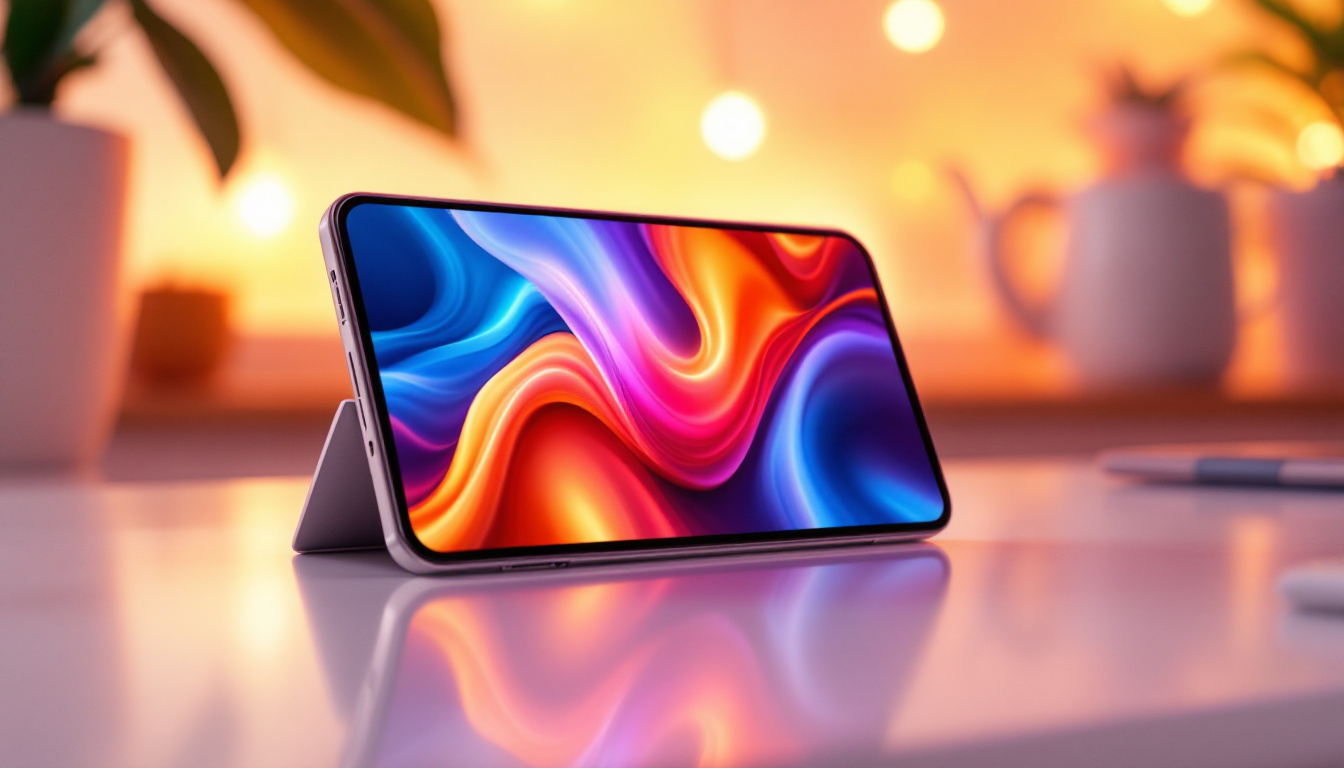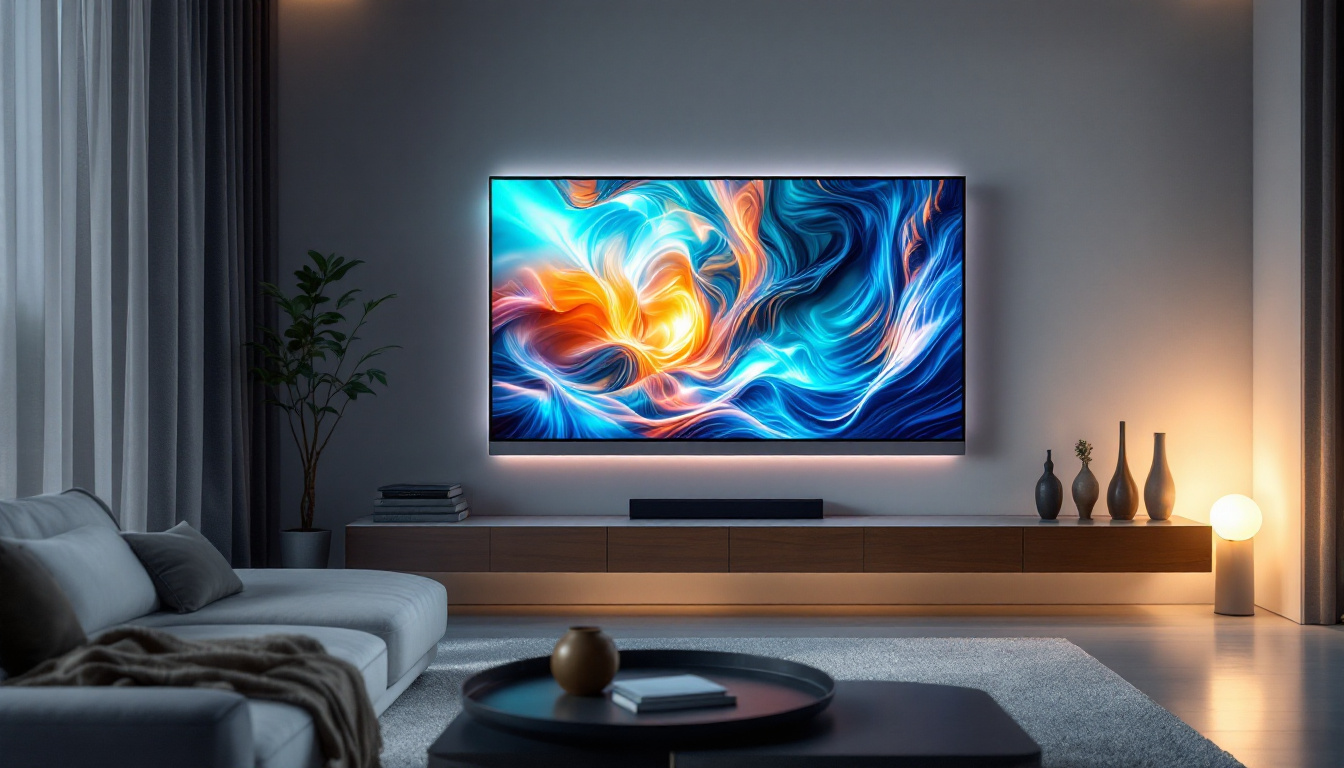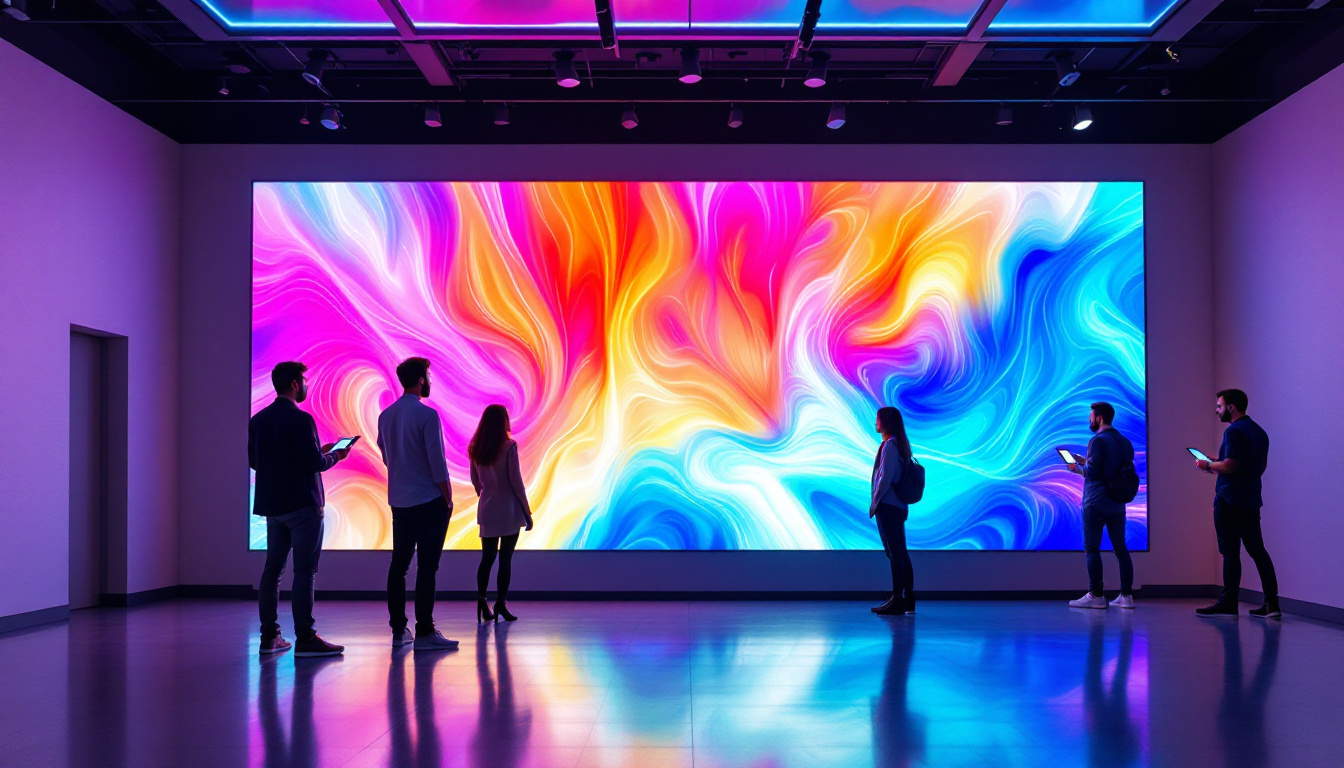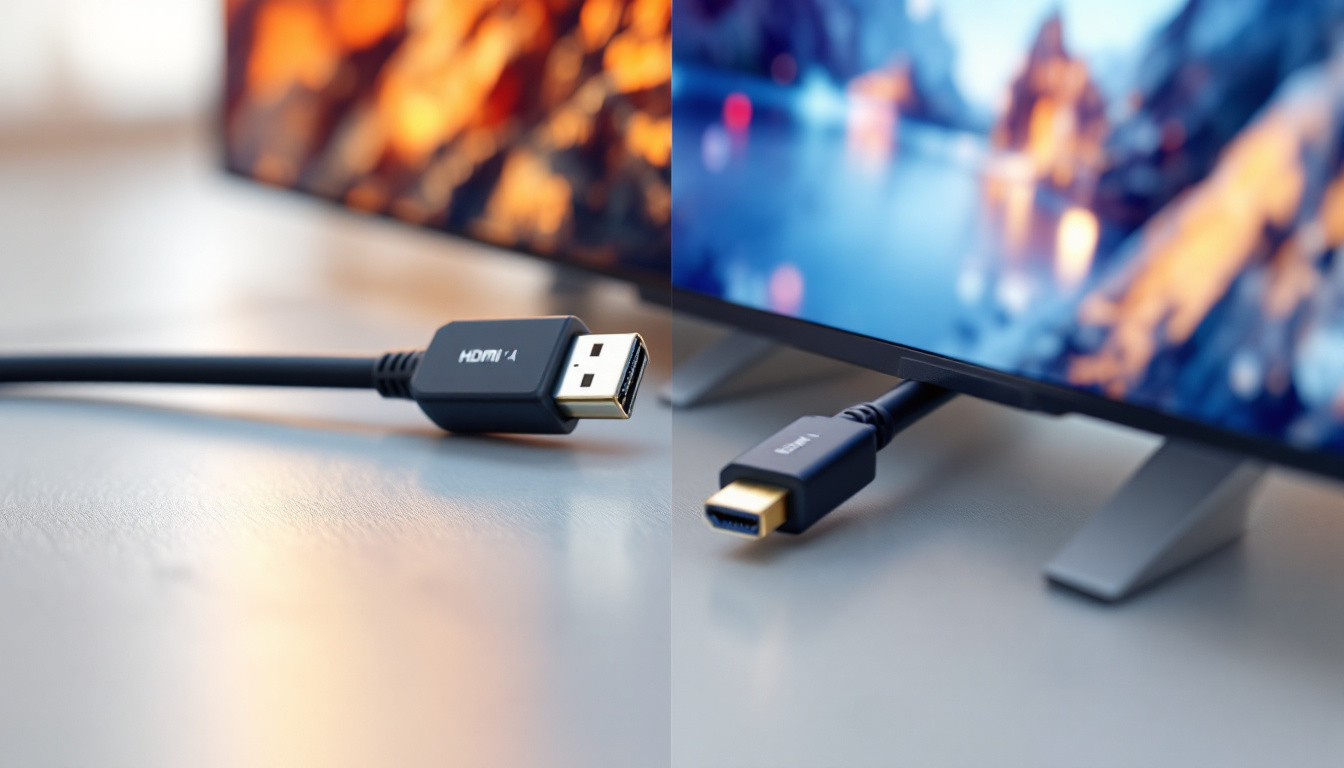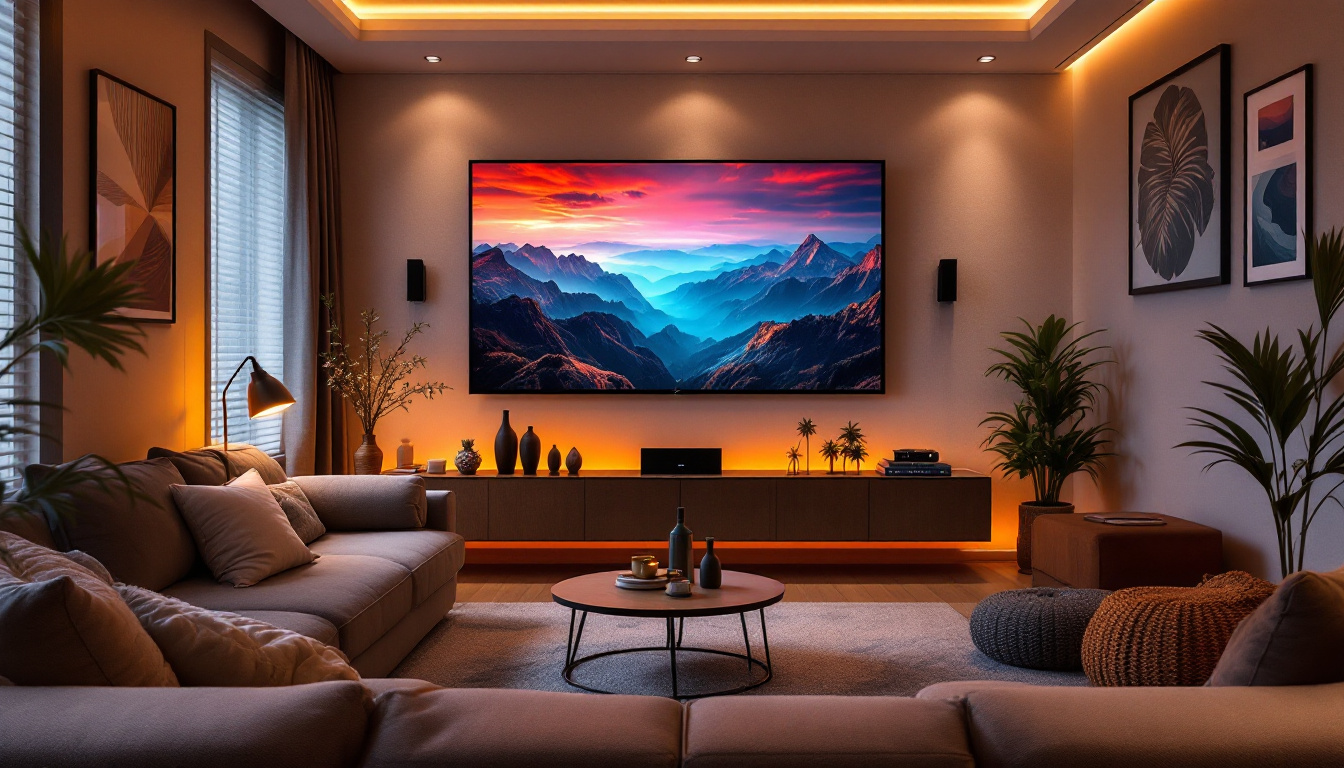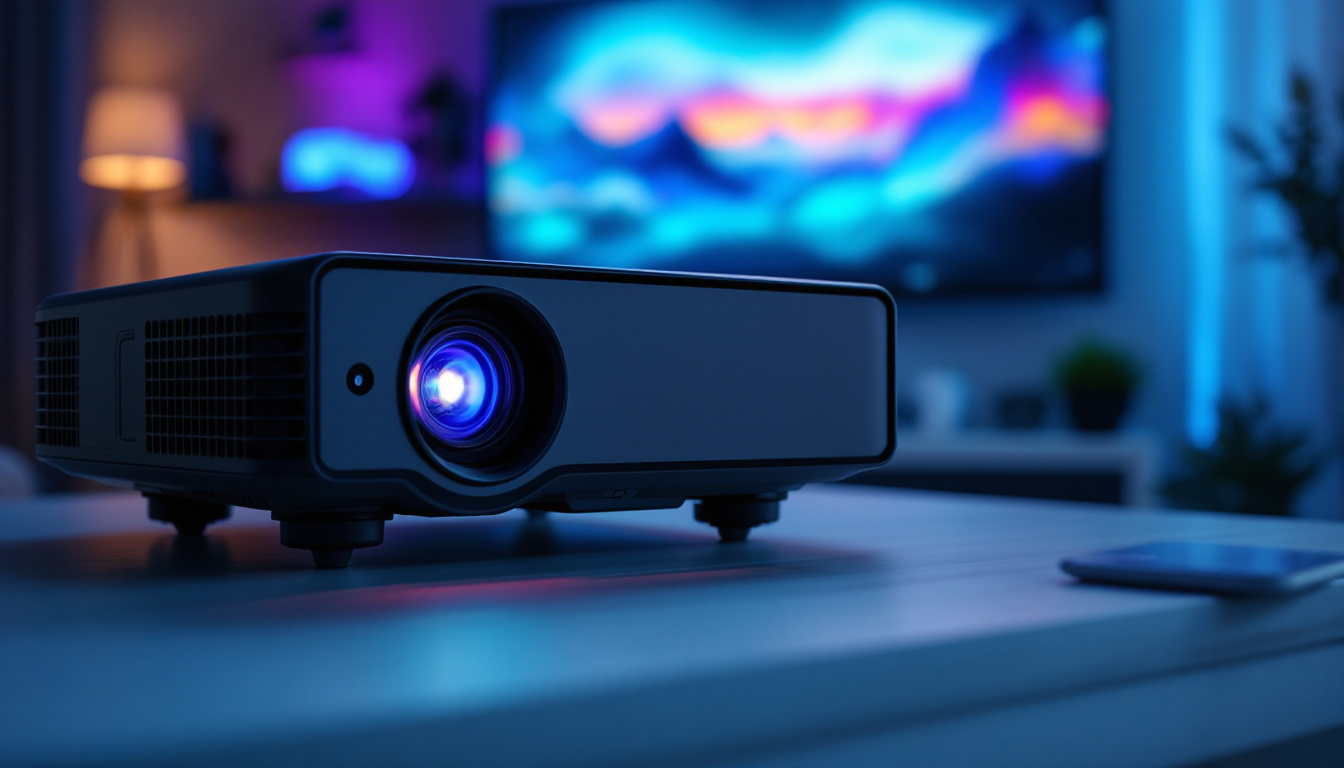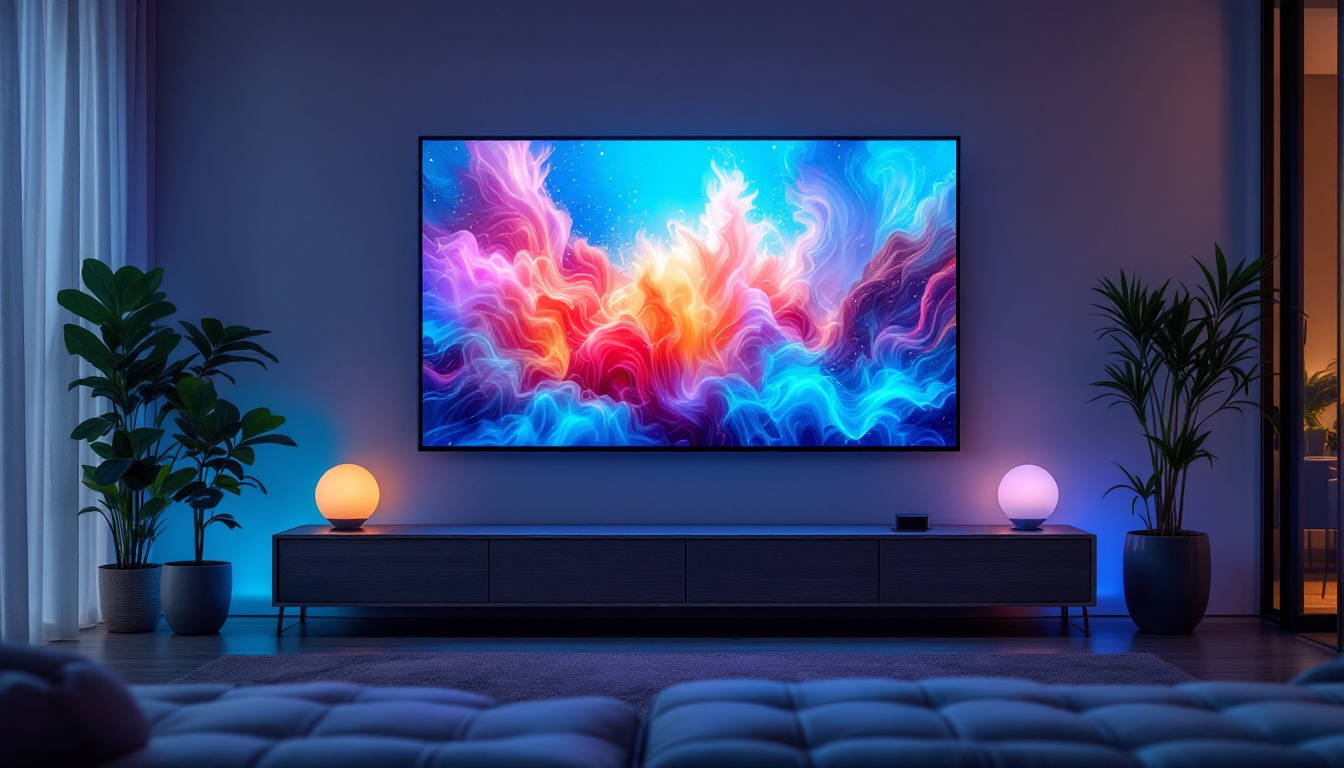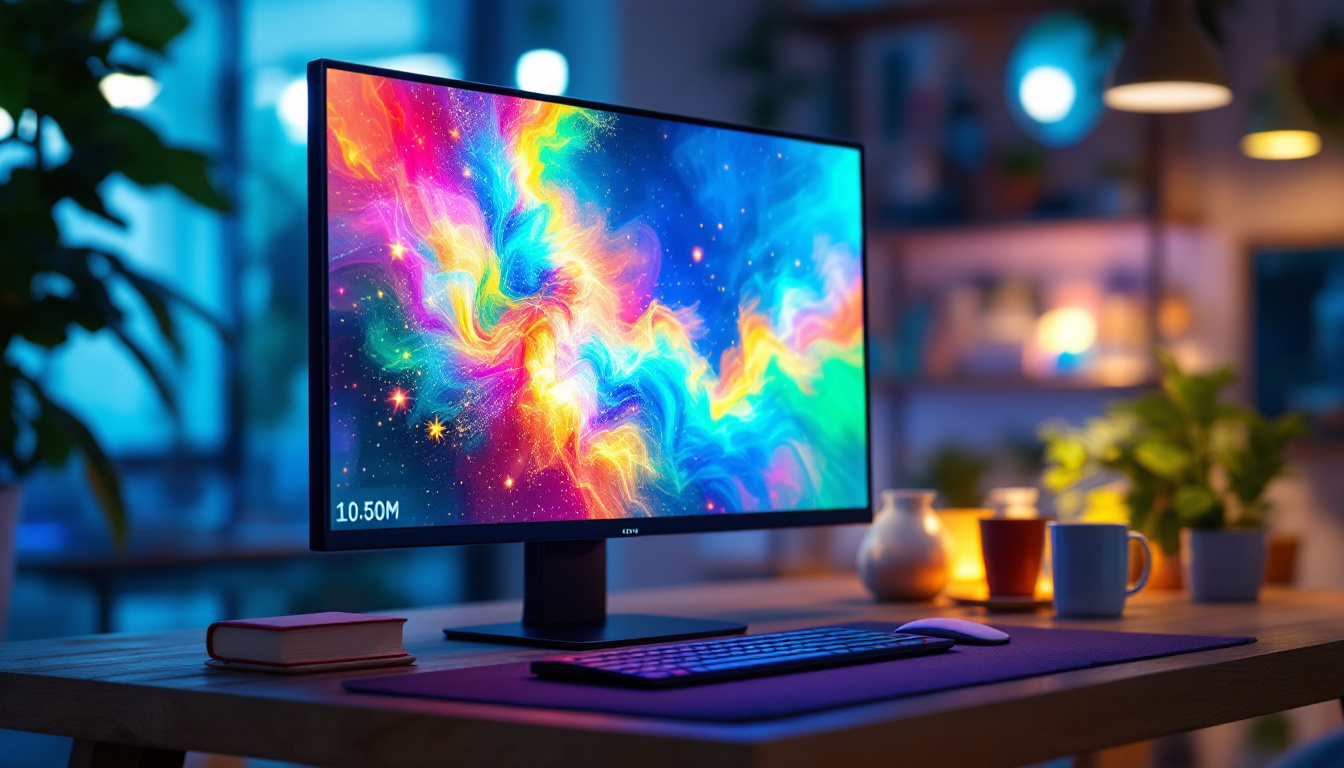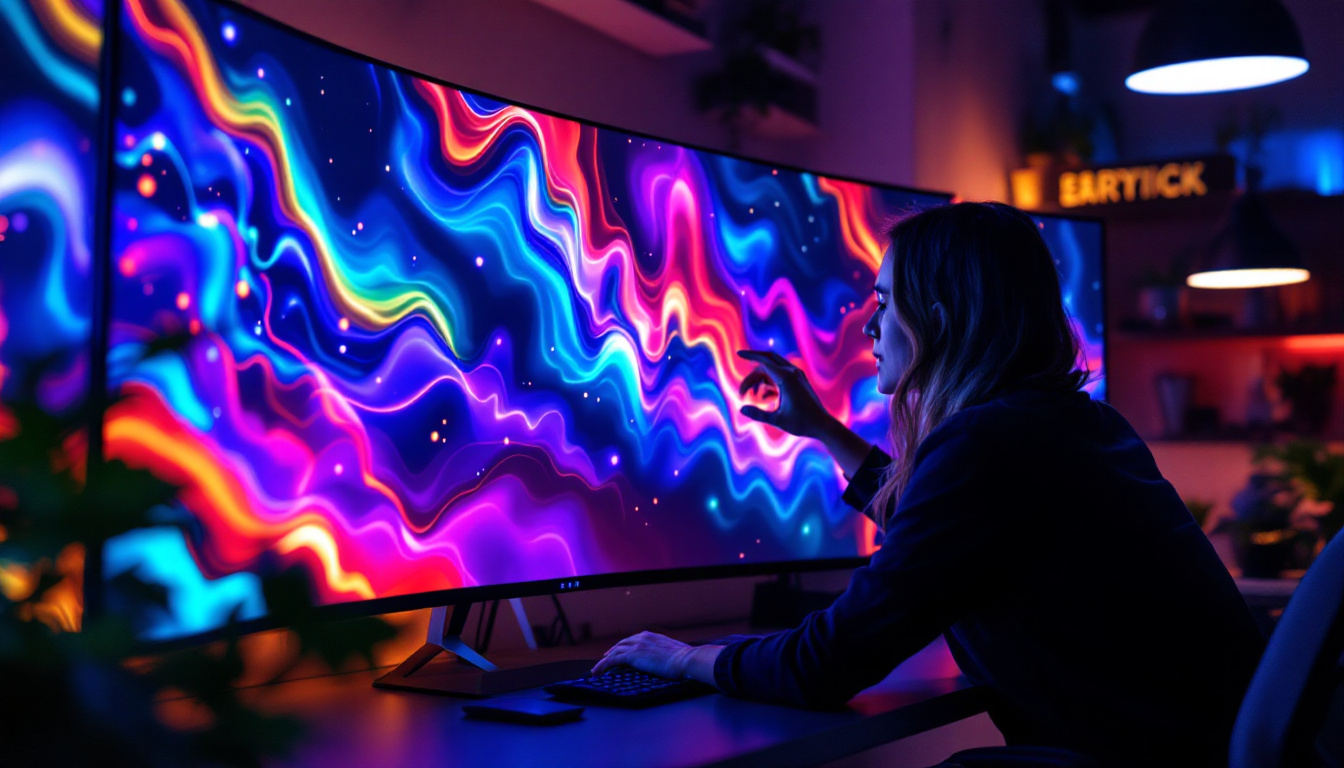Black TV Screen With Sound: LED Display Explained
In the world of modern television technology, encountering a black screen with sound can be a perplexing experience. This phenomenon can occur for various reasons, often leaving viewers frustrated and confused. Understanding the intricacies of LED displays and the potential causes behind this issue is essential for any tech-savvy consumer. This article delves into the mechanics of LED displays, the common reasons for a black screen with sound, and troubleshooting tips to resolve the problem.
Understanding LED Display Technology
LED (Light Emitting Diode) technology has revolutionized the way images are displayed on screens. Unlike traditional cathode ray tube (CRT) televisions, LED TVs utilize a series of tiny diodes that emit light to create vibrant images. This technology not only enhances picture quality but also allows for thinner, more energy-efficient designs. As a result, LED displays have become the standard for modern televisions, computer monitors, and even large-scale advertising screens, showcasing their versatility and adaptability across various applications.
How LED Displays Work
At the core of an LED display is a backlight system. In most LED TVs, a matrix of LEDs is used to illuminate the screen. These diodes can be arranged in various configurations, such as edge-lit or full-array, which affects the overall brightness and color accuracy of the display. The images you see are generated by controlling the intensity of these LEDs in conjunction with liquid crystal displays (LCDs) that modulate the light. This intricate interplay between the LEDs and LCDs allows for dynamic image rendering, where fast-moving scenes can be displayed with minimal blurring, enhancing the viewing experience for action-packed films and sports events.
The combination of LEDs and LCD technology allows for better contrast ratios, deeper blacks, and more vivid colors compared to older display technologies. However, despite these advantages, LED displays are not immune to problems, which can lead to situations where sound is present, but the screen remains black. Such issues may arise from faulty connections, software glitches, or even hardware malfunctions, prompting users to troubleshoot or seek professional repairs to restore their viewing experience.
Advantages of LED Displays
LED displays offer numerous benefits that make them a popular choice among consumers. Some of these advantages include:
- Energy Efficiency: LED TVs consume less power than traditional displays, making them more environmentally friendly. This efficiency not only reduces electricity bills but also contributes to a lower carbon footprint, appealing to eco-conscious consumers.
- Thin and Lightweight: The slim design of LED TVs allows for easy wall mounting and integration into modern living spaces. This sleek aesthetic complements contemporary home decor, making it a preferred choice for interior designers and homeowners alike.
- Improved Lifespan: LED technology tends to last longer than older display types, reducing the need for frequent replacements. Many LED displays boast lifespans of over 50,000 hours, providing users with years of reliable performance.
In addition to these advantages, LED displays also support a wide range of resolutions, from standard HD to ultra-high-definition (4K and 8K) formats. This adaptability ensures that consumers can enjoy crystal-clear images, regardless of the content they are viewing. Furthermore, advancements in HDR (High Dynamic Range) technology have further enhanced the capabilities of LED displays, allowing for a broader color gamut and improved brightness levels, which bring images to life with stunning realism. As a result, LED displays continue to dominate the market, setting new standards for visual excellence in both home entertainment and professional settings.
Common Causes of Black Screen with Sound
Experiencing a black screen while still hearing audio can be frustrating. Several factors can contribute to this issue, ranging from simple connection problems to more complex hardware failures. Understanding these potential causes can help in diagnosing the problem effectively.
1. Connection Issues
One of the most common reasons for a black screen with sound is a loose or faulty connection between the TV and external devices. This can happen if HDMI cables are not securely connected or if there is damage to the cable itself. Additionally, using the wrong input source can also result in a black screen. Ensuring that all connections are tight and that the correct input is selected can often resolve the issue. It is also worth checking for any debris or dust in the ports, as this can interfere with the connection. Sometimes, simply unplugging the cables and plugging them back in can refresh the connection and restore the display.
2. Power Supply Problems
Power supply issues can also lead to a black screen. If the TV is receiving power but the backlight is malfunctioning, the screen may appear black even though sound is functioning. This can occur due to a faulty power board or issues with the internal circuitry. In such cases, professional repair may be necessary to diagnose and fix the underlying problem. Additionally, if the TV is older, components may be wearing out, leading to intermittent power issues. Regular maintenance, such as ensuring proper ventilation and avoiding overheating, can help prolong the life of the TV and prevent such problems from arising.
3. Software Glitches
Software glitches can sometimes cause a black screen with sound. This can happen after a firmware update or when the TV’s operating system encounters errors. Restarting the TV or performing a factory reset can often rectify these software-related issues. However, it is essential to back up any important settings or preferences before proceeding with a factory reset. Furthermore, keeping the TV’s software updated can prevent future glitches, as manufacturers often release patches to address known issues. Users should also be aware that third-party applications installed on smart TVs can sometimes conflict with the system, leading to unexpected behavior, including a black screen.
Troubleshooting Steps for Black Screen with Sound
When faced with a black screen accompanied by sound, there are several troubleshooting steps that can be taken to identify and resolve the issue. These steps range from simple checks to more in-depth diagnostics.
Step 1: Check Connections
The first step in troubleshooting is to inspect all connections. Ensure that HDMI cables and other input sources are securely connected to both the TV and any external devices, such as cable boxes or gaming consoles. If possible, try using a different HDMI cable or port to rule out connection issues.
Step 2: Power Cycle the TV
Power cycling the TV can often resolve temporary glitches. To do this, turn off the TV and unplug it from the power source. Wait for at least 60 seconds before plugging it back in and turning it on. This process can help reset the internal components and may restore the display.
Step 3: Adjust Picture Settings
Sometimes, the picture settings may inadvertently be altered, leading to a black screen. Access the TV’s settings menu and check the picture settings to ensure that the brightness and contrast are appropriately set. Additionally, check if the TV is set to “Game Mode” or any other mode that might affect display output.
When to Seek Professional Help
While many issues can be resolved through basic troubleshooting, there are times when professional assistance is necessary. Understanding when to seek help can save time and prevent further damage to the TV.
Signs of Hardware Failure
If the troubleshooting steps do not resolve the issue, it may indicate a more serious hardware failure. Signs of hardware failure can include:
- Consistent black screen across multiple input sources.
- Flickering or dimming of the screen before it goes black.
- Unusual sounds coming from the TV, such as clicking or buzzing.
Warranty and Repair Options
If the TV is still under warranty, it is advisable to contact the manufacturer or retailer for support. Many companies offer repair services or replacements for defective units. For out-of-warranty TVs, local repair shops can often diagnose and fix hardware issues, although costs may vary.
Preventative Measures for LED Displays
Taking preventative measures can help minimize the risk of encountering a black screen with sound in the future. Simple maintenance and care can prolong the life of an LED display and enhance its performance.
Regular Software Updates
Keeping the TV’s software up to date is crucial for optimal performance. Manufacturers frequently release firmware updates that address bugs and improve functionality. Regularly checking for updates can help prevent software-related issues that may lead to a black screen.
Proper Ventilation
Heat buildup can affect the performance of LED displays. Ensuring that the TV has adequate ventilation can prevent overheating, which may lead to hardware failures. Avoid placing the TV in enclosed spaces or near heat sources, and regularly clean any dust buildup around vents.
Safe Handling and Installation
When installing or moving the TV, it’s essential to handle it with care. Avoid dropping or jarring the unit, as this can damage internal components. Following the manufacturer’s guidelines for mounting and installation can also help prevent issues down the line.
Conclusion
Encountering a black screen with sound on an LED display can be a frustrating experience, but understanding the underlying technology and potential causes can empower consumers to troubleshoot effectively. By following the outlined steps and taking preventative measures, users can enhance their viewing experience and prolong the life of their television. Should problems persist, seeking professional assistance is always a prudent choice. With the right knowledge and care, enjoying high-quality visuals and sound on an LED display can be a seamless experience.
Discover Cutting-Edge LED Solutions with LumenMatrix
If you’re seeking to elevate your visual experience and avoid common display issues, look no further than LumenMatrix. As a pioneer in LED display technology, LumenMatrix offers an array of innovative solutions that promise not just to resolve the black screen dilemma but to transform your space with captivating visuals. From Indoor and Outdoor LED Wall Displays to specialized solutions like Vehicle and Sports LED Displays, LumenMatrix has the perfect fit for your needs. Embrace the future of visual communication and Check out LumenMatrix LED Display Solutions to ensure your message is seen with clarity and impact.







